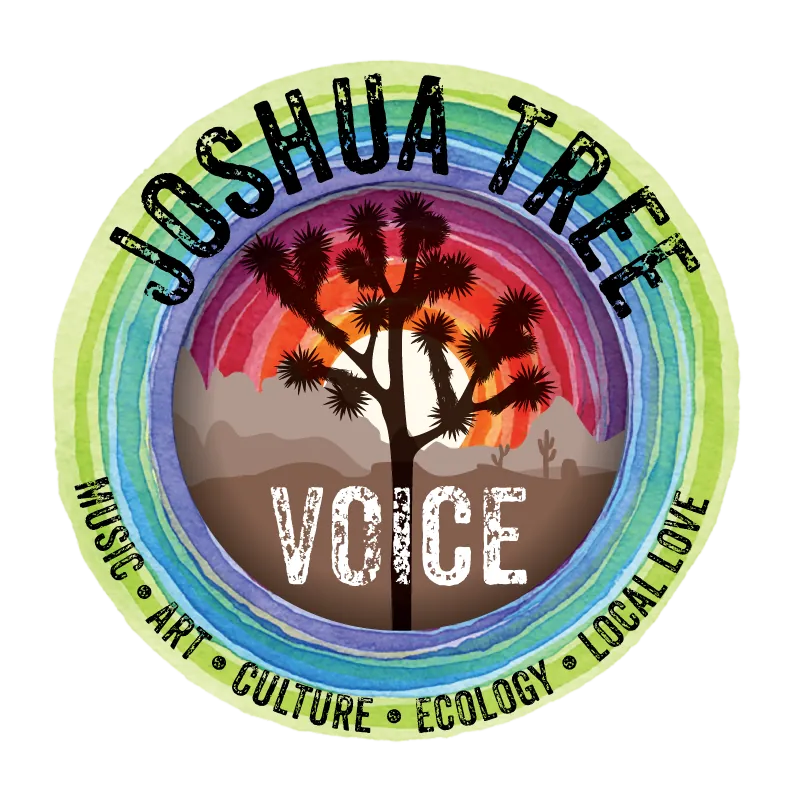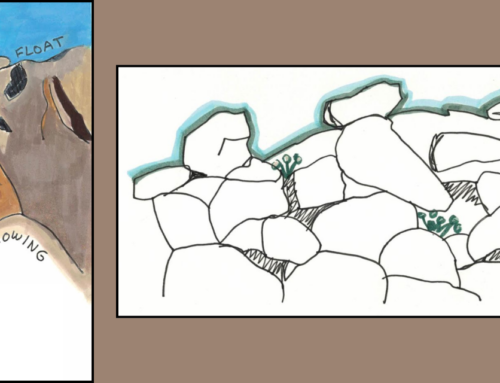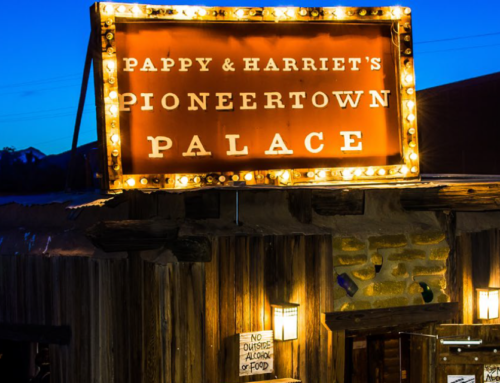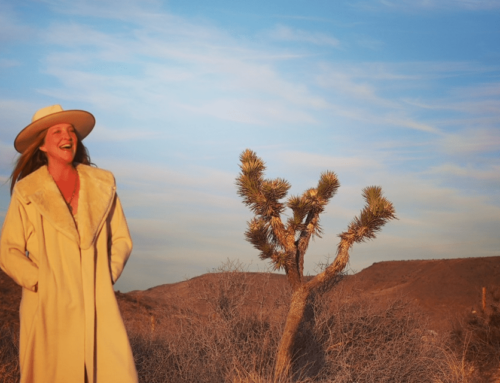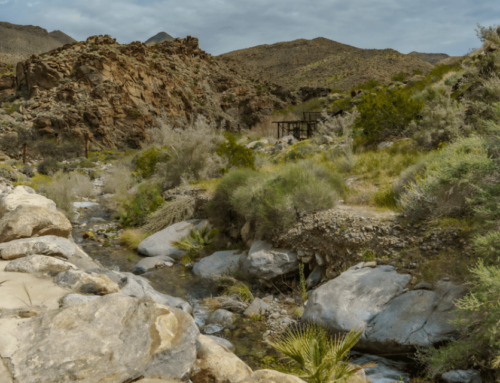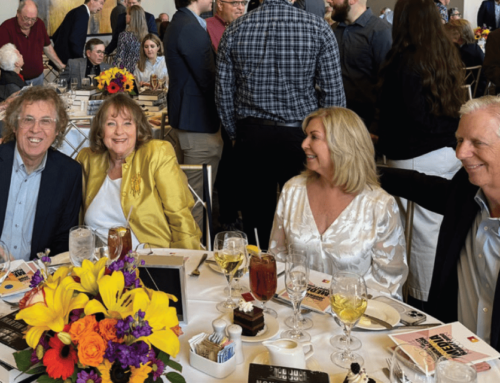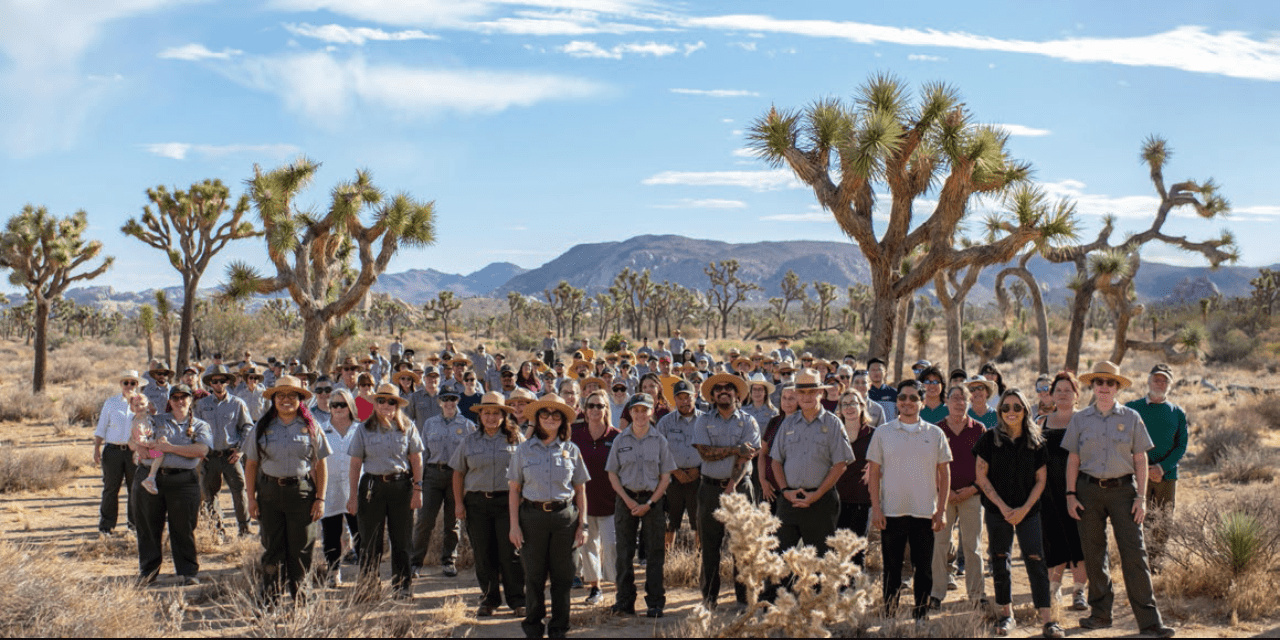
HONORING THE SUPERWOMEN OF GREATER JOSHUA TREE
By Jacqueline Guevara, Executive Director, Joshua Tree National Park Association
HERSTORY
Joshua Tree has always been influenced by women. The desert area now known officially as Joshua Tree National Park has sustained native women caring for their families for millennia. Women of the Serrano, Cahuilla, Chemehuevi, and Mohave communities, among others, settled around water sources like the Oasis of Ma’ara and existed within a relationship with the land that provided them with food, shelter, and medicine – and beauty.
This beauty, and the bounty of the desert, attracted people from other areas of the world, who came, saw, and settled here, displacing the original inhabitants. These settlers eventually decided to call this place home, and that meant bringing their womenfolk along. From a young girl named Maria, who took ill as her family was passing through and was buried at the Oasis; to Frances Mae Lawton, a stenographer from Los Angeles who married rancher Bill Keys in 1918 and subsequently was tasked with creating a life for their family in the midst of a desert wilderness at Keys Ranch; to amateur archaeologist Elizabeth Campbell, who in 1925 found herself living in a tent at the Oasis of Ma’ara with her husband Bill – women have learned the harsh rules of the desert and adapted their own ways to ensure their survival and that of their loved ones. They also learned to love the desert and took their own steps to preserve its past and ensure its future.
Another one of these women was our very own “Apostle of the Cacti”, Minerva Hamilton Hoyt. Minerva was a wealthy socialite from Pasadena, who one day noticed that many of her neighbors’ yards began to feature desert plants poached from lands just outside Palm Springs. A plant lover and gardening enthusiast, she took it upon herself to take steps to protect the desert flora by exerting her considerable influence (along with a ton of good old-fashioned elbow grease) upon politicians of the day. This resulted in the designation of what was then known as Joshua Tree National Monument by President Franklin D. Roosevelt in 1936. And, while Gertrude Cooper became the first woman superintendent in the National Park Service a few short years later, it would be 25 years more before fashion designers were asked to develop a “standardized uniform for female employees,” one that was patterned from an airline hostess’ uniform, skirt and all. Pretty? Perhaps. Practical? Hardly. When another of our female icons, Susan Luckie Reilly, became one of Joshua Tree National Monument’s first woman rangers in 1965, that was the uniform she wore. Nevertheless, she inspired a generation of young women to become stewards of public lands and lived to be 101 years old to boot! At her 100th birthday celebration, she was presented with a female ranger doll (wearing the standardized unisex uniform that NPS had since adopted) and cried with delight, “Oh look, it’s me!”
Yes indeed, Susan, it IS you. It is still you. And it is still all those women mentioned above, stretching back across time. And I would like to think that those women would stand with the rest of us today to applaud our very first female Superintendent of Joshua Tree National Park, Jane Rodgers.
JOSHUA TREE NATIONAL PARK’S FIRST
SUPER(WOMAN)INTENDENT
Jane Rogers’ journey to her current position began some years ago, when she received a Bachelor of Science degree in Forestry and Resource Management from the University of California, Berkeley, followed by a two-year practicum working as a U.S. Peace Corps forestry volunteer in the Republic of Niger, and an additional year working as a research assistant with UC Berkeley’s Forestry Department. When she returned from Niger, she was “firmly committed” to learning more about a new field – restoration ecology. The National Park Service is an agency that embraced the policy and implementation of habitat restoration early on. Scanning job announcements, Jane saw an opportunity to work with the native plant nursery at Joshua Tree National Park. “The stars aligned, and I was lucky enough to get a term position.
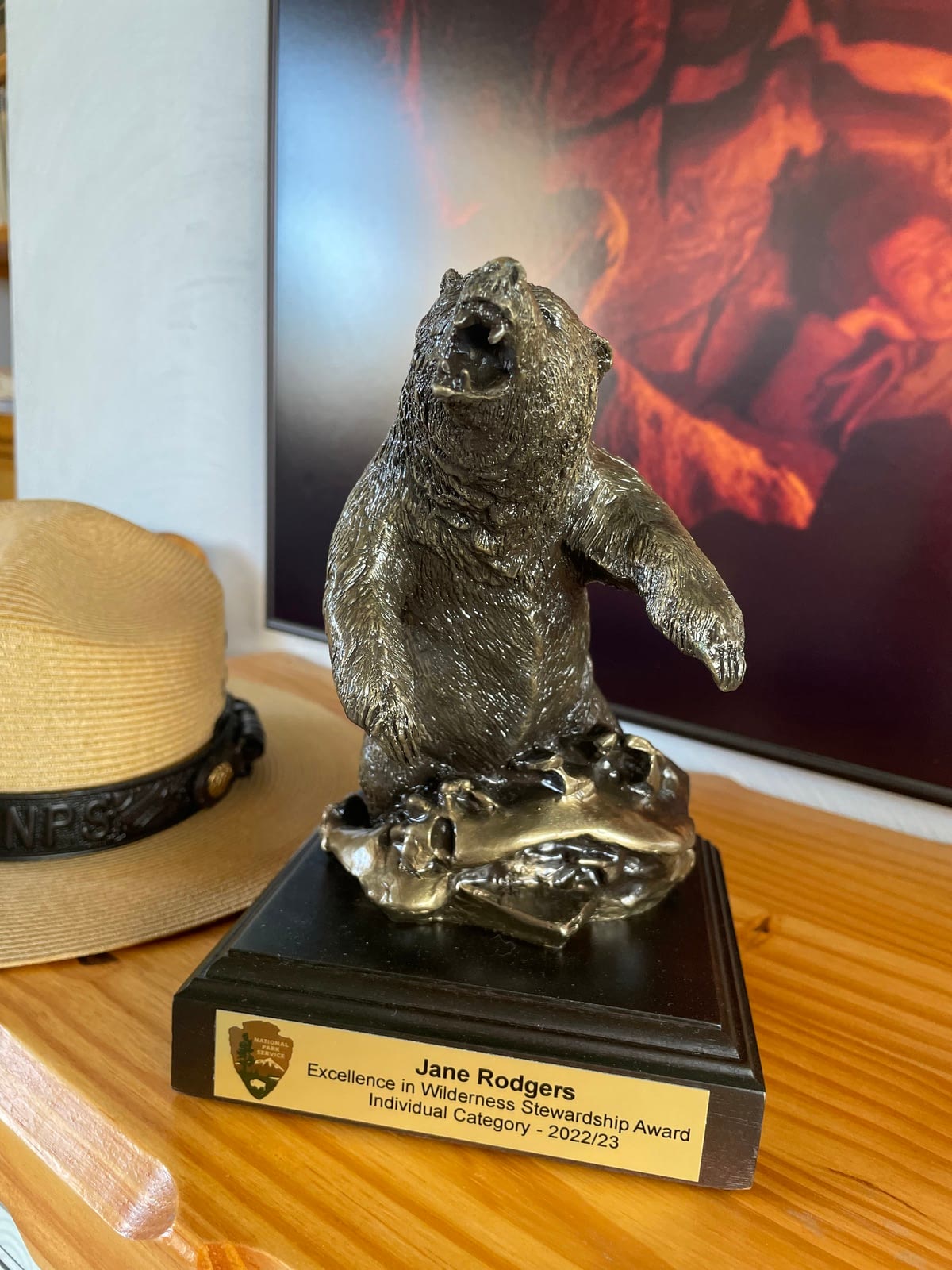
Immediately prior to Jane’s appointment as Superintendent, she led the park’s outstanding team of science professionals as Chief of the Division of Science and Resource Stewardship (SRS). According to Jane, “the goal of resource stewardship is to manage park resources in a context of continuous change that we do not fully understand, in order to preserve and restore ecological, historical, and cultural integrity; contribute as an ecological and cultural core of national and international networks of protected lands, waters, and resources; and provide visitors and program participants with opportunities for transformative experiences that educate and inspire. To accomplish this, the Division of Science and Resource Stewardship retains subject matter experts, field staff, and specialized facilities and equipment to understand, assess, and steward the unique cultural, natural, and wilderness values we manage and provide the scientific information necessary to make park management decisions. We use federal law, park policy, local policies, and the JOTR Resource Stewardship Strategy to guide the work we do.”
Some time ago I asked Jane to describe her favorite project and future focus as Chief of SRS. She responded, “I cannot really say I have any one favorite project. I’d say what stands out to me are those moments when you have incredible synergy with your team, partners, and volunteers. So much of our work depends on the help of academia, practitioners, government scientists, and local experts. I’ve been fortunate to work with dairy farmers to conserve dozens of rare plant species at Point Reyes; with Katherine Siva Saubel to provide native plants to the Malki Museum Temalpakh garden; planted endangered Sentry milkvetch on the rim of the Grand Canyon; and rafted the Colorado river on science expeditions. I’ve done enough to feel guilty for these incredible opportunities! Highlights of recent years include the work our Cultural Resources team accomplished with Native Youth Corps members from New Mexico stabilizing historic structures and protecting cultural sites. We also made great strides collaborating with UC Riverside to understand the impacts of environmental change on Joshua trees, reptiles, small mammals, and birds. It is especially rewarding to apply the knowledge we gain to improved management of the park. This past year marks the first time the park has proactively reduced hazardous fuels around Joshua trees to safeguard the future of our iconic species.”
“Pivoting from managing JTNP as a ‘small’ park towards a ‘big’ park is my greatest investment at the moment. Over the next five years, my team and I are fully focused on protecting wilderness, historic and prehistoric heritage, and natural processes and systems in the new paradigm of three million visitors per year and uncertain environmental conditions. On the ground, this means balancing immediate triage of impacts to the park with long term planning that involves all of our stakeholders as part of the solution. Challenges include providing a world class rock recreation experience while protecting and respecting the cultural and ethnographic resources co-located in popular climbing areas. Invasive plants that change fire frequency, size, and intensity. Increased use of wilderness areas where we have very little information about archeology, raptor nesting, bighorn sheep reproduction, water sources, and native and plant health. We are a small team, but I’m proud of our adaptability, professionalism, and ability to prioritize and focus on the greatest needs.”
Fast forward to 2023, and it is evident that Jane’s passion and dedication to protecting the resource that is Joshua Tree National Park has continued. Not only has her hard work been recognized by dint of her promotion, but she was also recently awarded the National Park Service Excellence in Wilderness Stewardship Award. This nationwide award recognizes outstanding contributions to wilderness stewardship by an individual, team, and non-government partner. The NPS manages over 70 million acres of land as wilderness and the recipients of these awards exemplify a commitment to preserving the wilderness character of those lands and an unwavering devotion to help connect people to their wilderness heritage and the benefits of these special places. Jane was nominated for this well deserved award by former JTNP Superintendent and current Golden Gate National Parks Superintendent, David Smith, who says “I think more than anyone, Jane recognized the importance of Joshua Tree’s wilderness, and it is reflected in her work. She would do everything in her power to ensure that wilderness was protected, whether it was for tail development, wildlife monitoring, or firefighting. I cannot think of anyone better qualified for this award or to be an advocate for wilderness in the National Park Service.”
But the kudos don’t stop there. Jane is well respected and held in very high regard by those she works with, staff, partners, and community members alike. I am one of the fortunate people who works with Jane on a regular basis and have found that her fair and logical approach to projects, issues, and the challenges she has encountered never wavers; she marries passion with dignity and treats everyone as though they were the most important person in the world when engaged in conversation. I am not alone in my praise.
“It is an incredible honor to get to work for the first female Superintendent of Joshua Tree National Park. Jane also happens to be someone who is a fierce advocate for protecting Joshua trees and our beautiful desert ecosystem. To paraphrase Dr. Seuss, she truly ‘speaks for the trees’!” – Jennie Kish Albrinck, Chief of Interpretation and Education, Joshua Tree National Park
“I have worked with Jane for many years while she was the chief of science and resource stewardship. During this time, she was challenged with a Park that was hosting record numbers of visitors which required new and innovative ways to protect the natural and cultural resources in the Park. Jane rose to the challenge of protecting these resources while ensuring the best possible experience for visitors to the Park from across the country and the world. Jane Joshua Tree National Park is well postured to take on the future visitation and management challenges with such an experienced and passionate leader in Jane Rodgers.” – Michael Vamstad, Wildlife Ecologist / AML Program Manager / NEPA coordinator (interim), Joshua Tree National Park
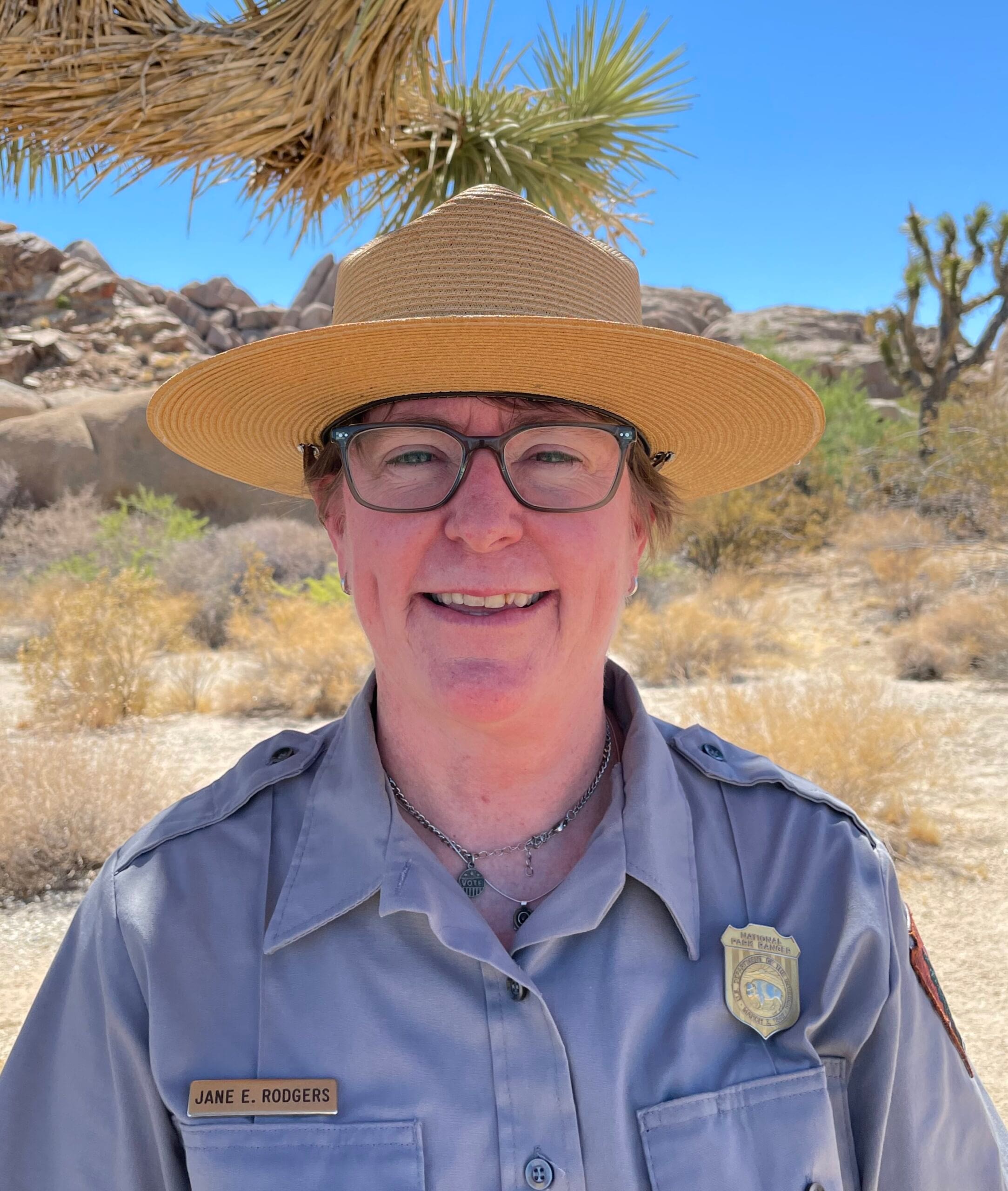
I agree with Jennie and Michael, and am very proud to call Jane Rodgers a partner, leader, and yes, friend. She is a friend to us all, a friend to our communities, and a friend to Joshua Tree itself. What a wonderful representation of all Joshua Tree women, past, present, and future. Jane Rodgers, we salute you!
“Being the Superintendent of an incredibly popular and iconic national park is both exciting and daunting. While visitors and locals may see the park through the lens of beauty and adventure, my outlook focuses on the long-term sustainability of this incredible landscape and our responsibility to the local tribes affiliated with these ancestral homelands. After nearly 90 years, I am proud to be the first woman Superintendent and look forward to continuing to build a team that represents the diverse communities of the high desert region. Standing in the shadow of our desert mountains, I am humbled to take up the leadership mantle. My commitments are to our team, caring for and protecting all that makes up this amazing space, and honorably serving our communities and visitors. Thanks for all the encouragement and support, I am thankful!” Jane Rodgers, Superintendent, Joshua Tree National Park
To learn more about all the women of Joshua Tree National Park, please visit the Park’s website at
https://www.nps.gov/jotr/learn/historyculture/npswomen100yrs.htm
